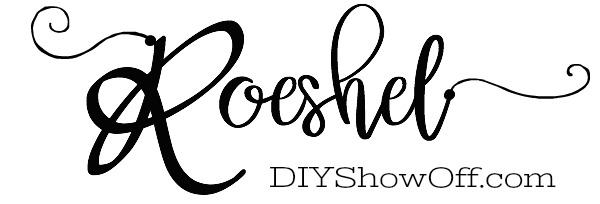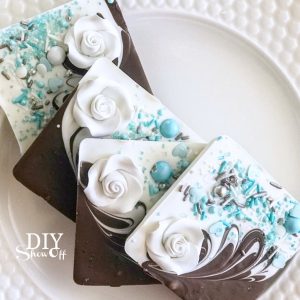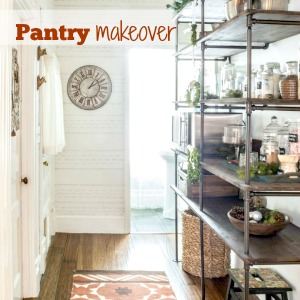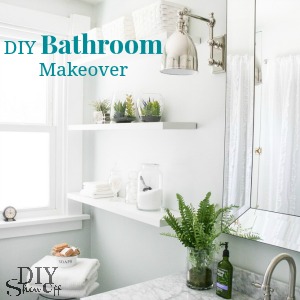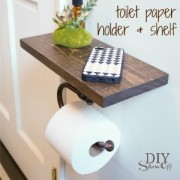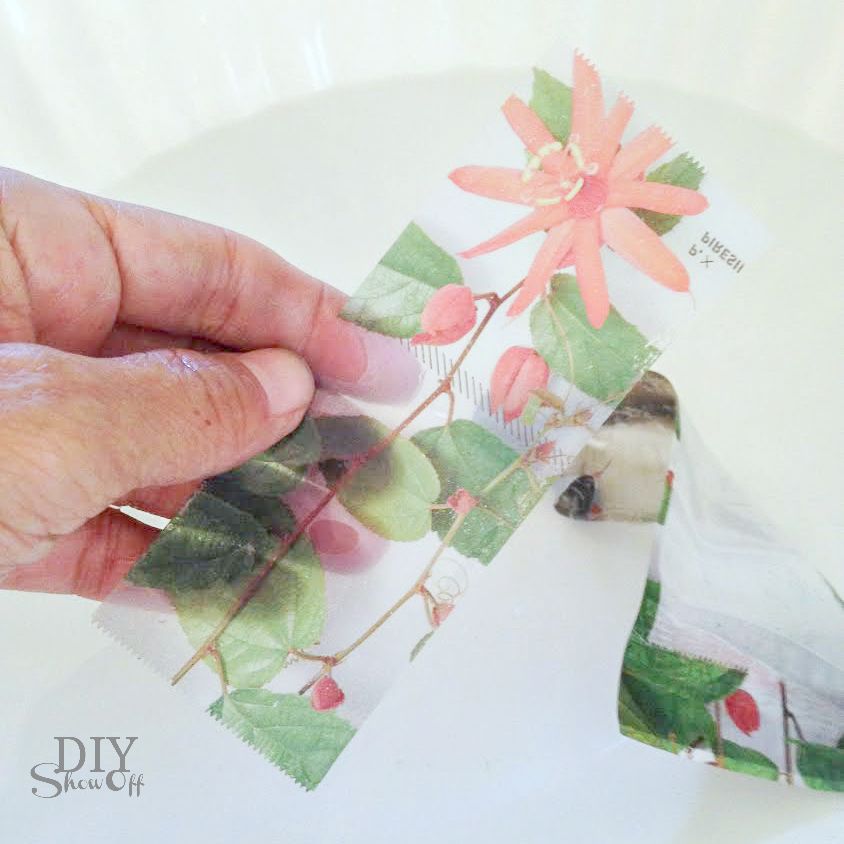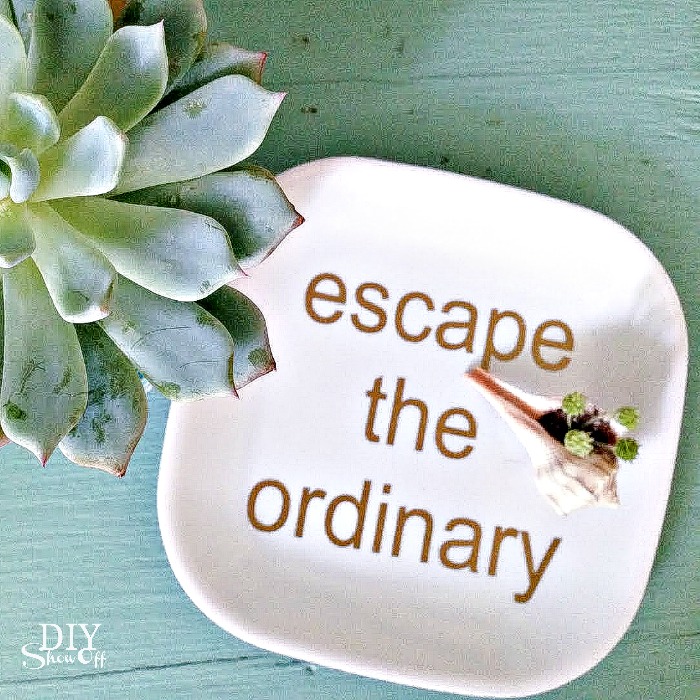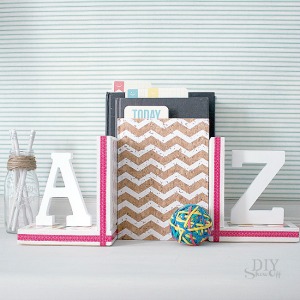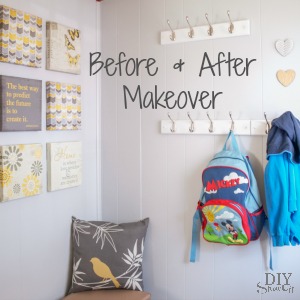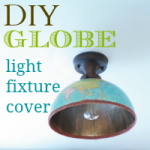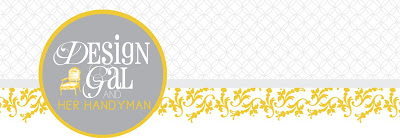 We haven’t had a headboard in our room for a few years already. We do have a metal canopy bed that is currently in the garage because it is just not working for me decoratively at this time. So, I just had 2 frames above our bed. Not so pretty. Well, the pictures are nice but the whole look was just a little – pathetic. Agreed?
We haven’t had a headboard in our room for a few years already. We do have a metal canopy bed that is currently in the garage because it is just not working for me decoratively at this time. So, I just had 2 frames above our bed. Not so pretty. Well, the pictures are nice but the whole look was just a little – pathetic. Agreed?

I decided a large, tall upholstered headboard would be perfect! And I could make it myself. Talk about going from Boring to Beautiful! So, here it is, the BEFORE and AFTER!!


Making an upholstered headboard is really quite easy. Trust me, anyone can do this! First of all, for supplies, you need a piece of 3/8″ plywood cut to the size you desire (ours is 48″ tall x 62″ wide – 2″ wider than the bed width and nice and tall!), enough 2″ foam to cover the plywood, quilt batting to cover the plywood plus about 4″-6″ overlap on all sides, fabric in the same size as the quilt batting. To hang the headboard, you need a piece of 1×4 wood that is about 48″ long, plus 2 smaller pieces, about 4″-6″ each. Find a few screws and a drill, a staple gun and some staples and you should be good to go.
First off, take your 48″ 1×4 piece of wood and cut it at a 45 degree angle the length of the wood, splitting it almost in half, into 2 pieces. What you are making is a french cleat and it will be used to hang your headboard on the wall. This is an image courtesy of cat-thesis.blogspot.com

This requires a tiny bit more work than using picture hanging hardware but you will be so happy you did. It makes a very solid headboard that won’t move on you. This is what that piece of wood looks like from the end. Make sense? You will end up with 2 pieces that look like this even though you will only cut one piece of wood. Attach it to the headboard in the appropriate location, towards the top, maybe about 4″ from the top. Now, when attaching them, drill from the front of the headboard through to the back of the headboard. After all, if you drill from the back to the front, you will have little screws sticking out of the board and into the foam. Going from the front to the back ensures no screws sticking out plus it will be much more secure. If you look closely, I first attached it from the back to the front (the wrong way) and had to clip off the screw tips. Then I added screws from the front to the back like I should have done in the first place.

Next, take your little pieces of 1×4 wood, the ones that are 4″-6″ big and attach them closer to the bottom of your headboard, on the back. These will act as spacers so attach one on each side, about 4″ in from the side. Attach it in the same manner as the piece of wood you did at the top, going from the front to the back. Now the back of the headboard should look like this (notice the long 48″ piece at the top and the two spacers at the bottom corners):

If you plan on tufting your headboard, mark the locations of each button on the back side and drill a hole at each mark. Make your hole larger rather than smaller. It will make the tufting easier. (And, yes, that 18V Dewalt baby is MY drill!)

Now to the foam. Cut the foam to the size of the plywood. Apparently an electric knife works great but I just used scissors. I wasn’t too concerned about it being perfect because the batting will cover a multitude of sins!

Just lay the foam on the wood and the batting will hold it in place. Some people suggest using spray adhesive to adhere the foam to the wood – I tried this and it didn’t work. Maybe I used the wrong stuff?

Next, lay your quilt batting over the foam and wrap it around the wood to the back side. Staple it in place, making sure it is nice and tight and smooth. To make this easier for me, I laid the headboard on a cedar chest so I could lay underneath the headboard and staple it this way. That way I could see that it was tight and smooth. Some people just flip the whole thing upsidedown and work on it that way but then you cannot see the top. Your choice.


Finally, the fabric! I choose a black vinyl as leather was too expensive. We have a nice leather storage bench at the foot of our bed and I wanted it to match. Plus, vinyl is easy to clean. When attaching the fabric, make sure it is straight and centered then put one staple in the center of each side, on the back. Work on one side at a time, stapling from that center staple out to the corners. Does that make sense? Your corners will be the most difficult part of the whole thing. Pretend it is a present and take it from there. It will take a bit of playing around but once you get one, you will know how to do all of the corners. I cannot explain what I did but I can show you two pictures. First I did this:

then I did this:

It created a nice smooth corner. Congratulations! Your untufted headboard is complete!! Yippee! Stand back and admire it with pride! You just need to hang it on the wall. Take the other 48″ piece of 1×4 that you did not attach to the headboard and attach it to the wall. On the headboard, the straight side of the wood (as opposed to the side with the 45 degree angle) is on the top. On the wall, the straight side will be at the bottom. Those 2 pieces of wood will fit into each other oh-so nicely. Make sure to use a level to make it nice and straight. We hung ours so the bottom of the headboard hung below the top mattress by about 2″. Make sure to screw into studs – the last thing you want is a headboard falling on you in the middle of the night. Granted, it is padded but, really! That would be some sort of rude awakening!
Once you have that cleat in the wall, hang your headboard and VOILA!! YOU ARE DONE!! Ain’t she purdy?! So, here is the untufted headboard. Nice. Really nice. It would be just fine like this for some people but for me? I need some tufting!

This next part is not hard, just time consuming. I wouldn’t recommend starting it at 10 at night. Not that I know that from experience or anything! In order to tuft, you will need to gather a few supplies. You need some upholstery thread, a long upholstering needle, buttons with a shank and some finishing nails.

First off, mark the front of your headboard with the same marks the back of your headboard has. I just used washable marker since I was working with vinyl. You can use chalk on non-vinyl stuff. Cut off an 18″ piece of thread, fold it in half and thread your needle.

Going from back to front, push the needle through the hole you drilled and try to find the mark you made on the front of the headboard.

Push the needle all the way through and pull it off the thread. You should now have the looped piece of thread on the back side and the 2 ends of the thread on the front side, like this:

Take that same needle that no longer has any thread on it and push it from the back to the front, but push with the eye of the needle first. I know, it is backwards but it is so much easier doing it this way than trying to go from the front to the back and finding that same hole drilled in the wood. Know what I am saying? Once again, try to find the same hole you made in the first place. It may be a little tricky getting through the quilt batting but I know you can do it. Don’t push the needle too far, just enough to see the eye on the front, like this:

Now, with the needle just sticking in there, take your thread and thread your button on it. I wrapped it through the shank twice as it is less likely to break. Now, take the thread and pass it back through the eye of the needle.

Push the needle to the back and take off the needle. Now you should have thread that looks like this:

Take your finishing nail and tie the thread onto it. The finishing nail prevents the thread from pulling back through to the front. Try to tie it as tight as you can. If you can have a helper pushing on the button from the front, that would be really helpful. If you are doing it by yourself like me and it is 1 o’clock in the morning and every one is sleeping, tie it as tight as you can then start to twist the nail. By twisting enough times, you will tighten the button and it will sink farther in. Twist too many times and you will tear the thread and have to start over. Or so I discovered!! ☺ Next time, I think I will try using wire instead of thread. It will be stronger and I can sink those buttons even deeper for a nicer tuft. As it is, this will be just fine for now.

Repeat for all your buttons. Finally, an upholstered tufted headboard! B.U.Tee.Full!

Once I had that new headboard up, I really wanted new bedding. Something black and white all over. Since that costs a lot of money and I have not found one that I really REALLY like, I settled on getting three new pillows. It cost less and the room still looks fantastic.

I would definately do this project all over again. And, in fact, I just may. After all, when we get to the new house, our baby girl will need a bed of her own. And what an easy way to make something super pretty for so little. I guesstimate this headboard cost about $125. Pretty good when you look at what it costs to buy them in a store. Plus, there is the satisfaction of doing it yourself. So, one final time, here is the before:

The after with no tufting:

The after with tufting (and new pillows!):
 It’s fabulous! Chantelle, you deserve a round of applause and a show off feature! Thank you for the tutorials, pics and tips!
It’s fabulous! Chantelle, you deserve a round of applause and a show off feature! Thank you for the tutorials, pics and tips!
What do you guys think? Did she have you at “good-bye ugly chair” too? How about the headboard dessert? Delicious! 🙂
 Edit: I want to add that I love having your DIY projects in the DIY Show Off archives so thanks for linking up! BUT why not link to two parties today?! Since I don’t have any furniture makeovers of my own, I completely forgot about Miss Mustard Seed’s party! Miss Mustard Seed herself does the most gorgeous furniture surgeries ever! So when you’re done showing off here, you’re invited to another party! Just click the button below to mingle and see more amazing furniture features!
Edit: I want to add that I love having your DIY projects in the DIY Show Off archives so thanks for linking up! BUT why not link to two parties today?! Since I don’t have any furniture makeovers of my own, I completely forgot about Miss Mustard Seed’s party! Miss Mustard Seed herself does the most gorgeous furniture surgeries ever! So when you’re done showing off here, you’re invited to another party! Just click the button below to mingle and see more amazing furniture features!and her table before
now it’s beautiful in white (I love it)…
Krista from Look Ma No Hands gave an old tired chair a new pretty new look!





